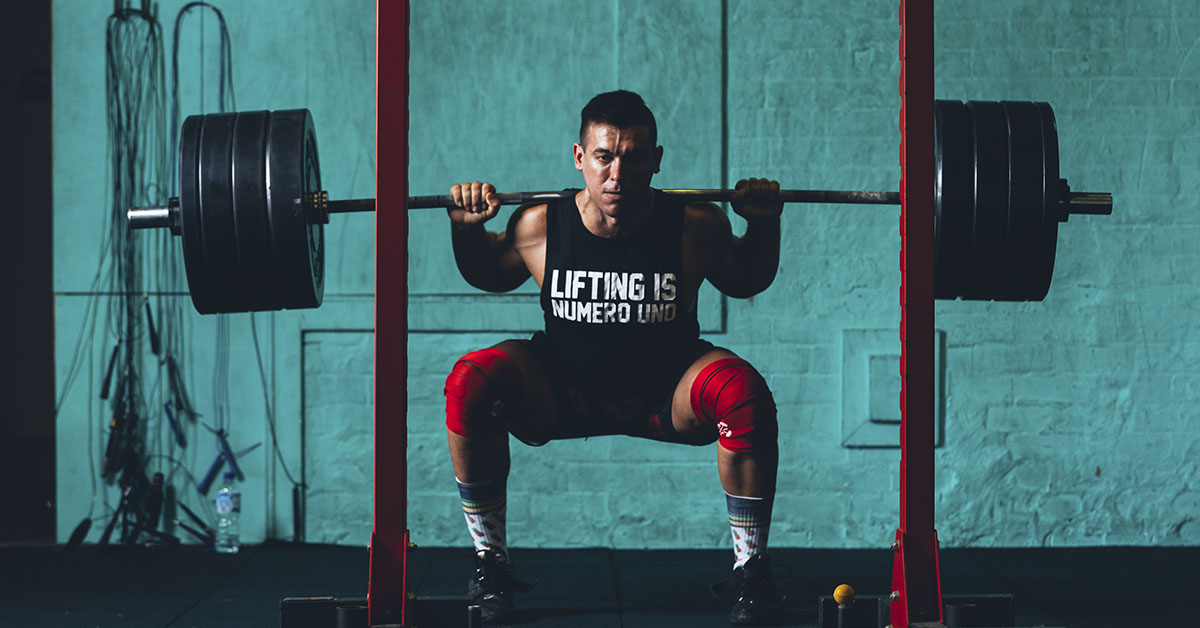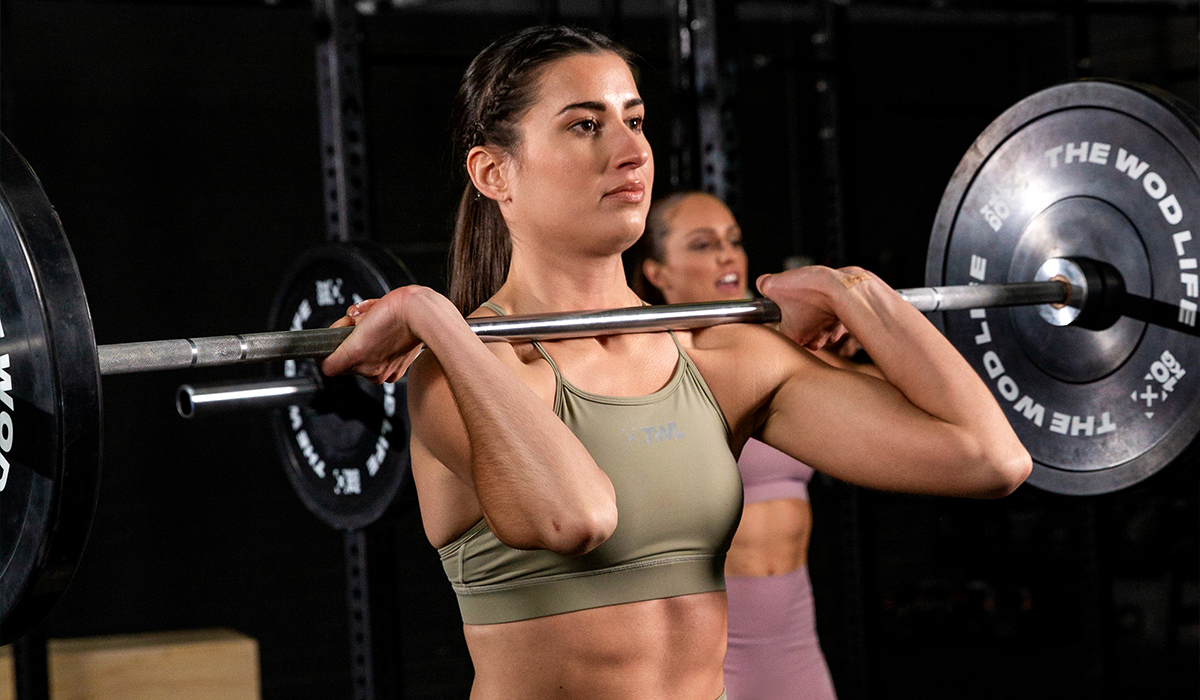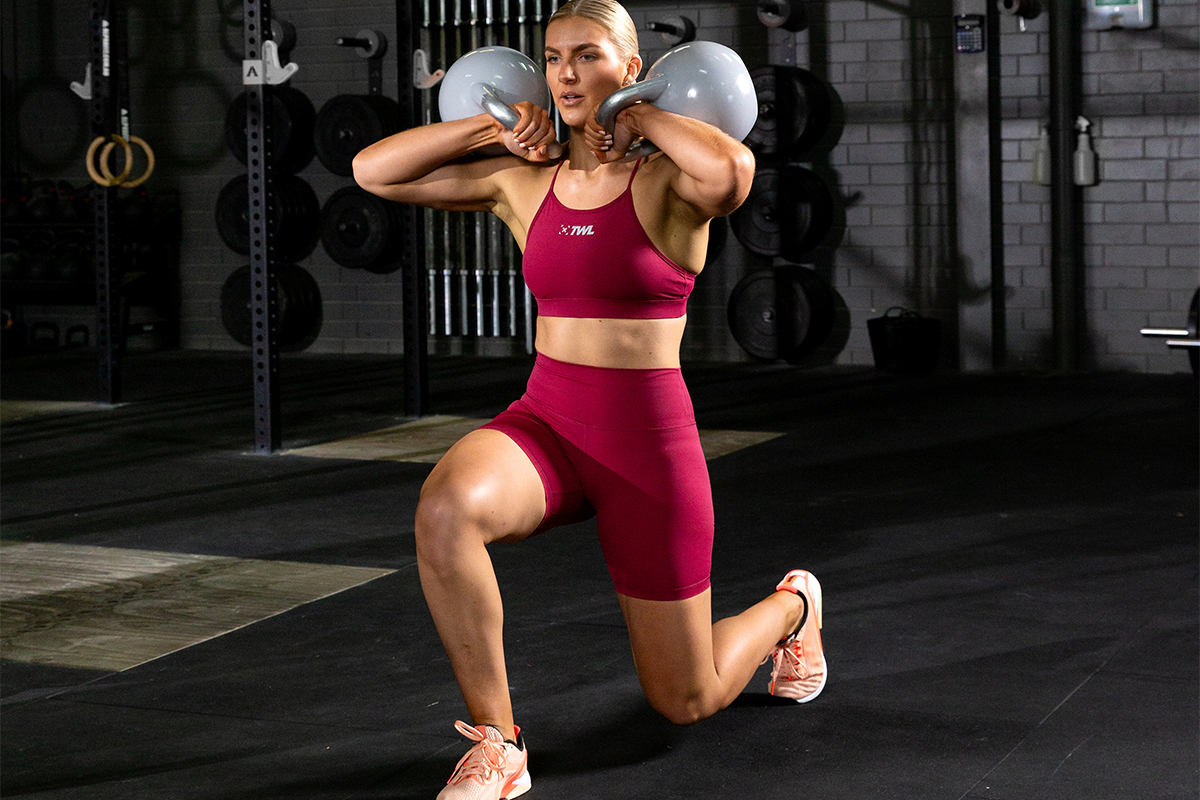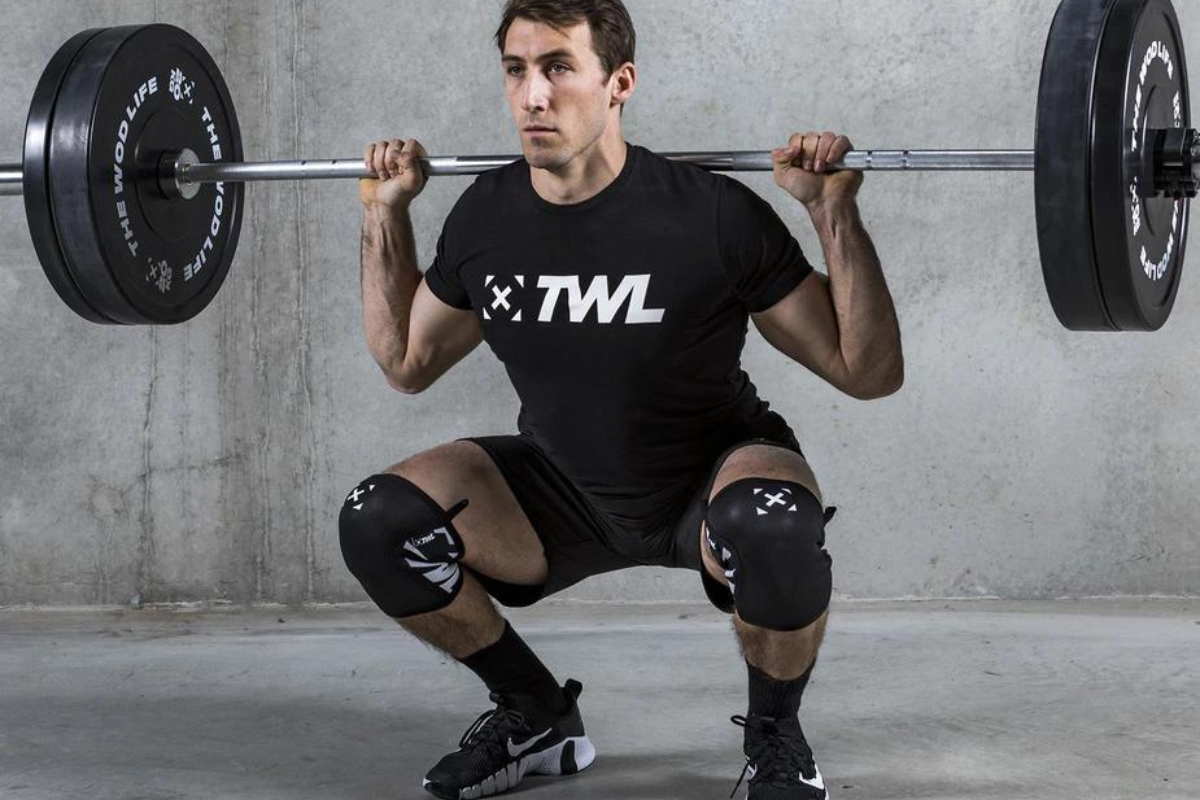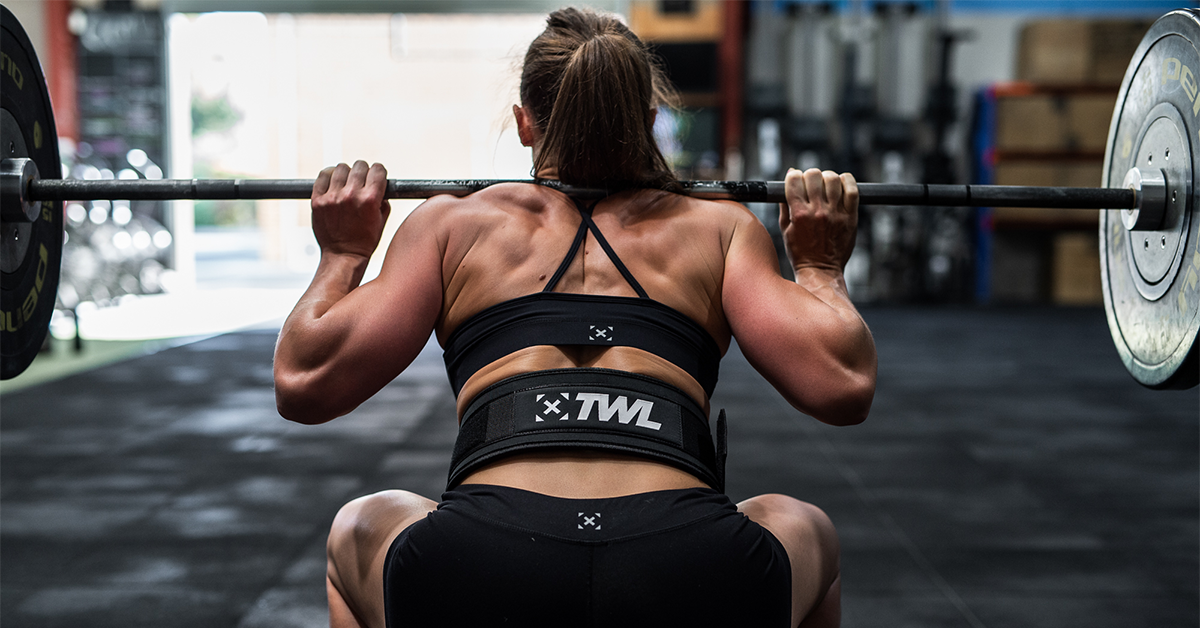Good hip mobility can reduce the likelihood of injury and increase performance outcomes for both strength, power and aerobic workouts. The hips are made up of the coxo-femoral joint. That is the point where the femur meets the pelvic bones. Since we know that the body functions as one unit, one structure always has an effect on the next. The coxo-femoral joint effects the pelvis, and the lower and upper back superiorly and the knees and ankle inferiorly.
The interconnectedness of the body is not just thanks to the locations of the joints, but also muscle attachments and fascial chains. Think of fascial chains as a network of mesh that envelops each muscle, continuous with all the neighboring muscles. If one is tight, it puts into tension all its neighbors. From this, we know that having good mobility overall is a good thing. But what makes the hips so important?
The hips are at the center of the body. They are paired up with the strongest muscles of the body, playing a role in nearly all movements. In all of the directions of motion, the hip has an effect on performance and other body parts.
The most obvious way performance is affected by tight hips is in the squat. This is a basic foundational movement that will recur in nearly all CrossFit workouts. Without hip mobility, you’ll be no-repping until you are blue in the face. People with poor hip mobility also quickly begin to experience back pain, knee pain, ankle and foot problems. Before you start loading up, be sure you are capable of full, correct range of motion in the hips.
Hip range of motion occurs in six directions, which you can improve with a few particular movements.
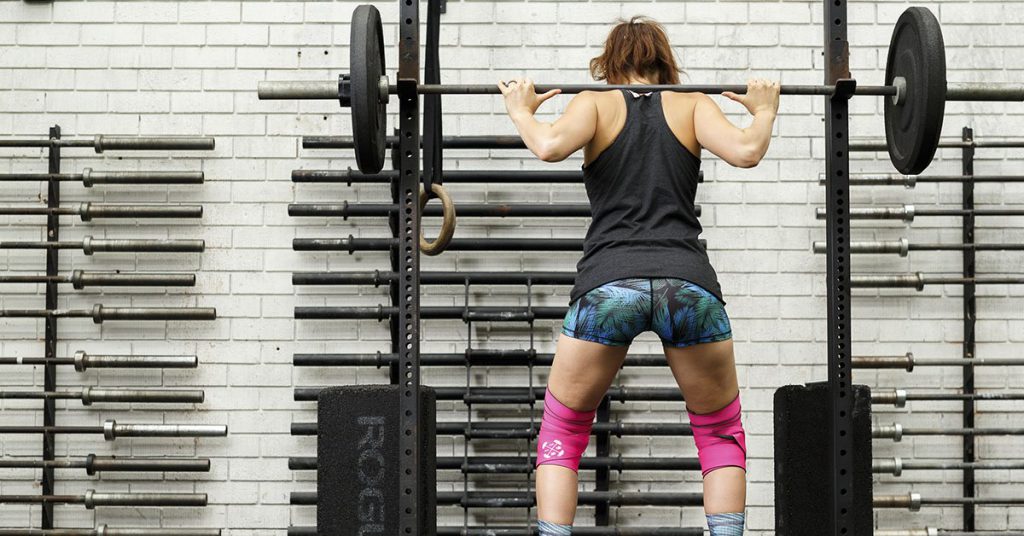
Hip Extension and Flexion
Flexion at the hip brings the leg forward, bringing your knee to your chest. Extension does the opposite, lifting your legs behind you. Most people are tight in hip extension. We need hip extension for lunging, climbing and jumping. If you aren’t able to flex the hips comfortably, the muscles pull on the lower back. This is what occurs when you see a “butt wink” at the end of range squat, with the lower back rounding off.
How to Improve it
Hip flexion can be improved by mobility exercises that loosen the hamstrings — a simple sit and reach stretch, or lying on your back, pulling a straight leg toward your body.
Next, try loosening the hip flexors directly by stretching them. A Samson stretch is simple and effective to warm up or cool down. Kneeling on the right knee, stretch the same side by extending your right up and back and squeezing your glutes to push your hip forward.
Internal and External Rotation
This is done when you rotate the thigh bone internally/medially or externally/laterally. You need external hip rotation to perform deep squats. The angle of the hip needs to be somewhat external as you dip low, stabilizing your hip bone, the knees and the ankles. Since the external rotators are usually both tight and weak, you’ll need to loosen them and strengthen them.
How to Improve it
Muscles that induce external rotation are generally attached at the back of the pelvis between the sacrum and the greater trochanter (that big hip bone you feel at your side). Get these two going by rolling your glutes with a foam roller or a small ball. These can help to release a tight muscle or the tight fascia that is restricting movement.
Hip Adduction and Abduction
Hip abduction is the big one for hip mobility, laterally lifting the leg. A lot of men are tight in the adductors, or the inner thigh muscles limiting outward movement.
How to Improve it
Stretches that involve separating at the knees are the best adductor stretches — frog pose in yoga, or a simple sit and reach stretch with the legs extended and as wide as possible.
Since the hip moves in combined movements, like external rotation and flexion, we can use the individual mobility exercises to improve global movements like squats. Improving hip mobility will reduce the risk of developing pain or subsequent injury and accelerate performance.

